If you have been gardening for any length of time, chances are you have heard of the term NPK. But what is NPK, and why is it vital to your garden’s success? This article will make everything you need to know about NPK easy to understand.
Plants Need to Eat, Too!
People are not the only ones who need to consume a nutrient-rich diet. Plants also require nutrients to thrive. Three of the macronutrients that plants need to grow are nitrogen, phosphorus, and potassium. They are represented by the letters NPK, the symbols from the periodic table for nitrogen, phosphorus, and potassium, respectively. (K stands for kalium which was the original Latin name for potassium.)
When plants absorb these and other nutrients, the soil will, at some point, need to be replenished with nutrients, especially if the plants are growing in containers. Plants not absorbing the right nutrients in the right amounts will be stunted and weak and thus more susceptible to pests and diseases.
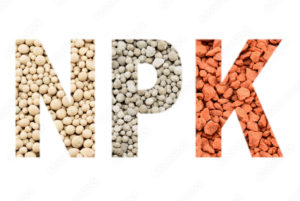
One way to replace the nutrients in the soil is to add fertilizer. Both organic and synthetic fertilizers list the ratio of nitrogen, phosphorus, and potassium available on the package label. The ratio is based on weight. For example, an NPK of 10-10-10 in a 100-pound bag of fertilizer means that it contains ten pounds of nitrogen, ten pounds of phosphorus, and ten pounds of potassium. The remaining seventy pounds is considered filler which serves to make spreading the fertilizer easier and more efficient.
Another way to look at the NPK ratio is to view it as a percentage. For example, an NPK of 3-2-1 basically means that the fertilizer contains 3% nitrogen, 2% phosphorus, and 1% potassium. Companies offer fertilizers with varying ratios because plants have different nutritional needs. The higher the number, the more concentrated the nutrient is. In this example, there is more nitrogen (3%) present than there is phosphorus (2%) or potassium (1%).
Nutritional Needs Will Vary
The best way to assess which fertilizer you should use is to know the needs of the plants you are growing. For example, lettuce, spinach, broccoli, cauliflower, and brussels sprouts, require more nitrogen, while okra, tomatoes, and cucumbers require more phosphorus than they do nitrogen.
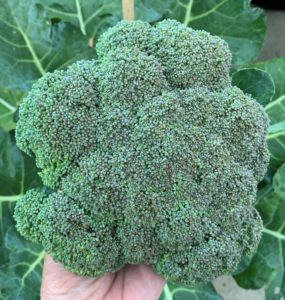
This article contains affiliate links. If you make a purchase using one of these links, I will receive a very small commission at no additional cost to you, and it will help me maintain this website. Rest assured, I only recommend products I actually like!
In addition, you need to know if there are any nutritional deficiencies present in the soil by using a kit that tests the soil for each of these three macronutrients. This is the quick and inexpensive soil test kit I use before refreshing my potting mix each growing season.
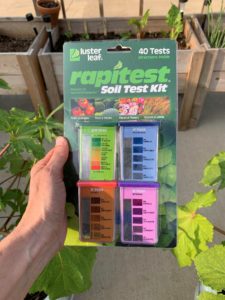
What Role Does NPK Play?
Nitrogen
Nitrogen is responsible for producing chlorophyll and for enhancing the plant’s rich green color. It promotes strong leaves and stems, as well as, aids in the development of new plant tissue. Sometimes the yellowing of leaves is an indication that the plant may have a nitrogen deficiency. Take note, however, that too much nitrogen can result in an abundance of foliage and a lack of flowers or produce. You can learn the other signs of nitrogen deficiency in this helpful article and the top ten causes in this article.
Sources of nitrogen include fish emulsion, rabbit manure, aged chicken manure, and blood meal.
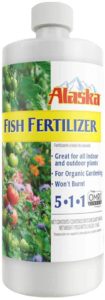
Phosphorus
Phosphorus promotes root development. Crops like carrots, beets, turnips, and sweet potatoes appreciate this macronutrient. But it is also responsible for flower and fruit production, which is important to plants like okra, tomatoes, peppers, zucchini, and acorn squash. It is also vital to flowers like marigolds, lavender, and chamomile. In addition, phosphorus is important for seed formation.
Sources of phosphorus include bone meal which acts quickly, and rock phosphate, which is released into the soil much more slowly.
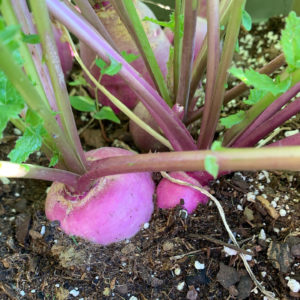
Potassium
Potassium, which is also sometimes referred to as potash, also helps strengthen roots. It also enables plants to process nutrients more efficiently and helps to improve the quality of the harvest. What’s more, potassium improves plant vigor, helps manage stress, and fights off diseases. It also enables plants to better tolerate extreme temperatures.
Sources of potassium include wood ash, kelp, gypsum, and greensand, also known as glauconite, a mineral that is mined from the ocean. Greensand slowly releases potassium into the soil.
Compost Plus Fertilizer
Not only is fertilizer important to plant development, but organic matter also plays a vital role in growing healthy plants. Beneficial microbes feed on the organic matter and convert the NPK in the soil and the fertilizer into a form that plants can use. The best way to add organic matter is to apply compost to your garden. You can learn more about compost and fertilizer in this helpful article.
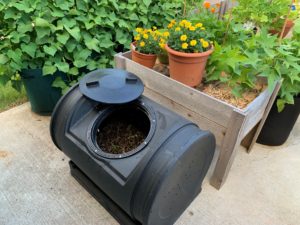
![]()
Now you know what NPK is and why it is important to feed your plants. Adding fertilizer to the soil is an easy way to ensure that you get the most out of your garden.
Thank you for reading this article! If you found it helpful, please consider sharing it with others via email and social media!
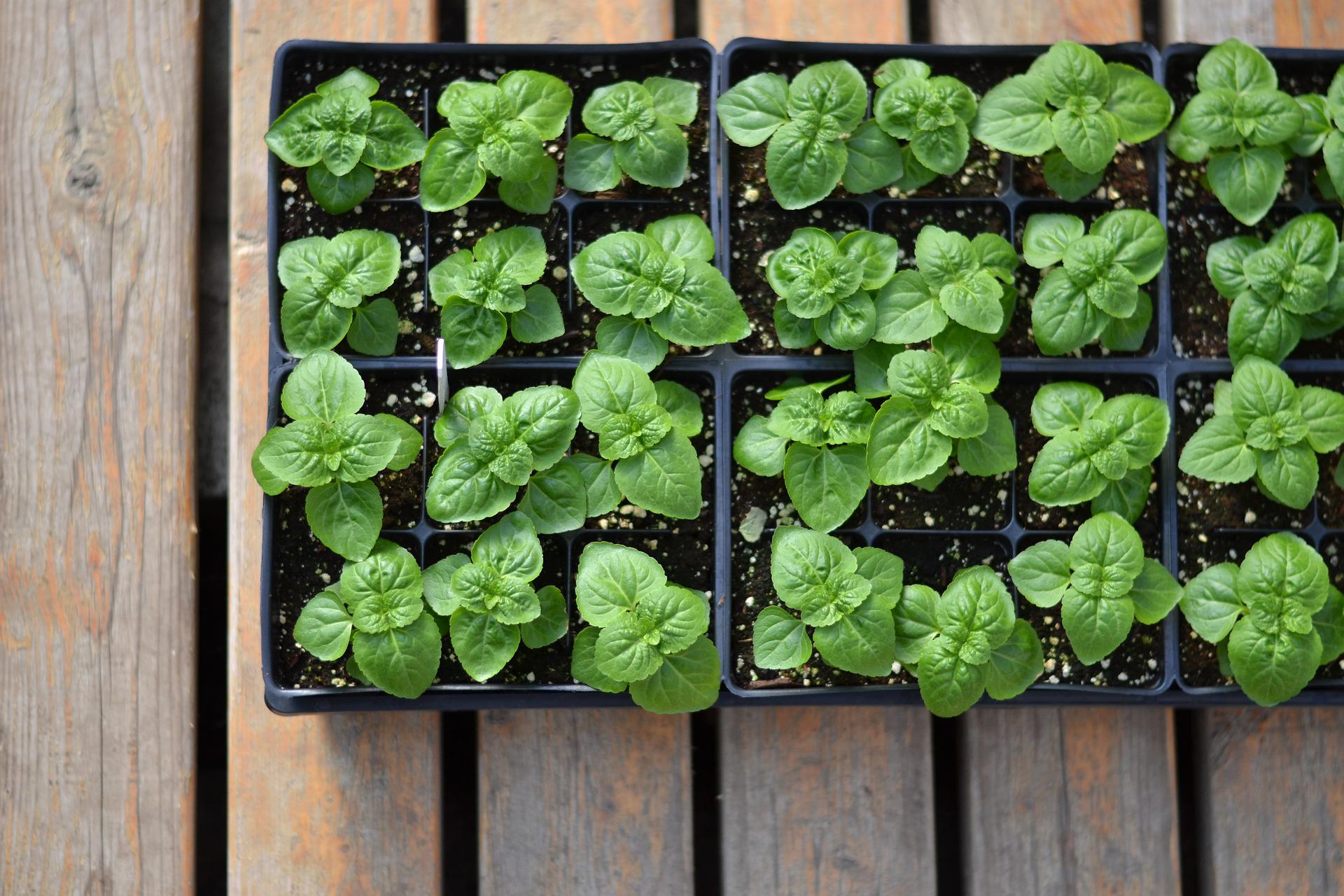
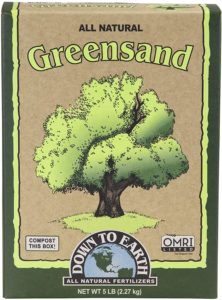

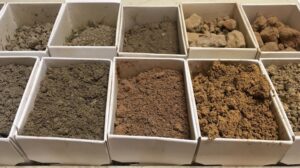
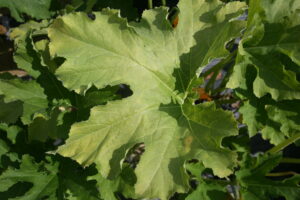

So insightful! Will be referencing this page for years to come. Thanks for your thorough research & explanations!
Thanks for reading and commenting! I appreciate the encouraging words! So glad you found the post helpful 🙂